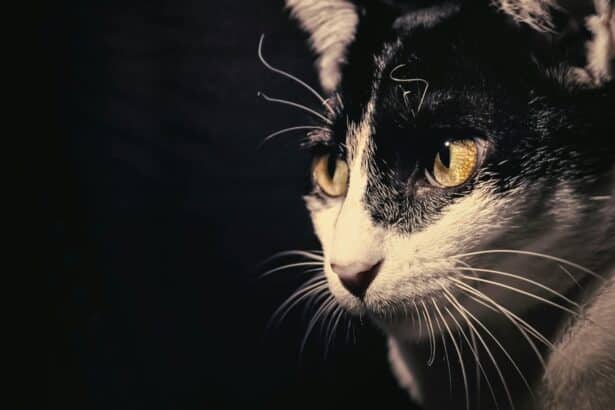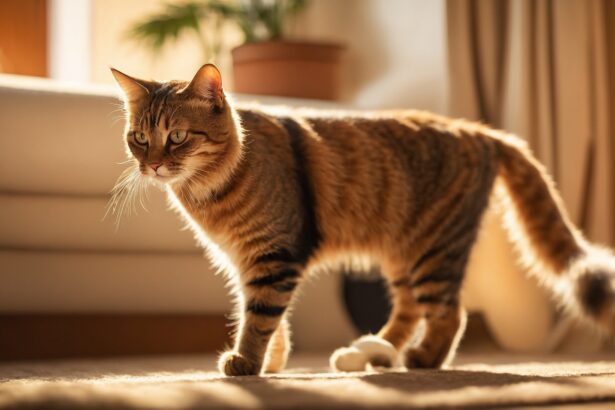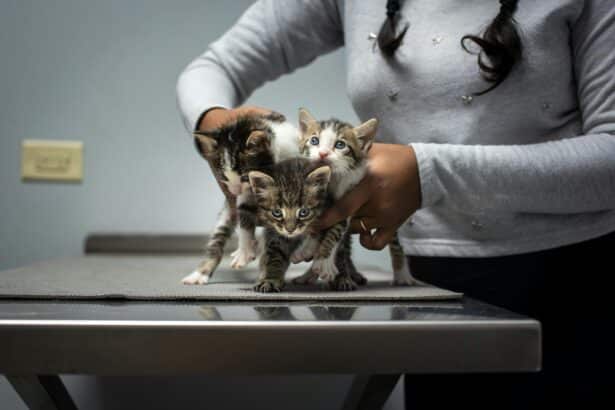Meet the tortoiseshell cat
Vivid swirls of black, red and caramel, a big personality in a compact body, and a look that says “I run this house.” That’s the tortoiseshell cat — or “tortie” — in all her glory.
Not a breed but a color pattern, tortoiseshell appears in short or long coats, on petite kitties or sturdy queens. What they share is a spellbinding patchwork and plenty of spark.
Fun language note: in French, a tortoiseshell is often called an “Isabelle” cat. Curious about that name and story? Explore our friendly guide to the Isabelle cat.
History and folklore
Torties have tiptoed through legends across the world. Sailors in England prized them as good-luck charms against storms.
In Japan, folklore credited them with warding off evil spirits. Whether or not you believe the myths, one glance at a tortie’s gaze and it’s easy to see why people felt protected.
Genetically, their mosaic look comes from X-chromosome color genes that “patchwork” during development. That’s why most tortoiseshell cats are female.
Colors, patterns and what makes a tortie unique
Tortoiseshell coats blend two primary colors: black-based shades (black, chocolate, blue/grey, lilac) and red-based shades (red, cream). The result? A one-of-a-kind marbled mix.
- Classic tortoiseshell: dense, intermingled black and red patches.
- “Dilute” tortie: softer blue and cream tones for a pastel effect.
- Torbie: tortoiseshell + tabby striping — a striped patchwork beauty.
Because pattern isn’t a breed, body type varies. You’ll find dainty, athletic, or plush torties. What never changes? No two coats are ever alike.
Personality and the famous “tortitude”
Do torties have “tortitude”? Many guardians describe them as bold, bright and a touch opinionated. Think quick learners with strong preferences and a tender streak when they trust you.
- Affectionate on their terms: cuddly at night, queenly by day.
- Play-driven: they thrive on short, energetic hunt-style games.
- Vocal honesty: they’ll tell you exactly what they think — politely or not.
Common mistake to avoid: assuming “tortitude” means difficult. It’s really confidence plus curiosity. With routine, enrichment and gentle boundaries, they blossom.
Introducing a new furry sibling? Take it slow. This step-by-step guide shows you how to introduce a new kitten gently so everyone feels safe.
Health and care essentials
Tortoiseshell is a color, not a health profile. There’s no specific disease linked to the pattern. Your tortie needs the same smart care as any cat.
- Vet checkups: annual exams and vaccines, plus dental checks.
- Weight balance: measured meals and playtime to keep the waistline.
- Parasite protection: flea and tick prevention year-round.
Surprising fact: male tortoiseshell cats are rare and often have an XXY chromosome setup (Klinefelter syndrome). Many are sterile and may need extra vet follow-up for hormonal health.
Feeding for energy and a shiny coat starts with quality nutrition. For portioning, proteins and practical advice, see our guide to feeding your cat.
Grooming: from sleek to fluffy torties
Short-haired torties usually need weekly brushing; long-haired beauties benefit from 2–3 quick sessions a week. Always brush in the direction of growth.
- Use a slicker or soft brush for undercoat and loose hairs.
- Wipe eyes gently with a damp cotton pad if needed.
- Reward after grooming so she looks forward to it.
Pro tip: Spread a teaspoon of lickable treat on a silicone lick mat during brushing. It builds positive associations and keeps little paws calmly occupied.
Want a rounded routine from nails to whiskers? Browse the ultimate cat grooming guide for easy at-home steps.
Enrichment and daily happiness
Torties adore a good challenge. Short bursts of play mimic hunting and keep their clever minds busy.
- Rotate 2–3 toys weekly to keep novelty alive.
- Offer vertical climbs: shelves, cat trees and window perches.
- Set “hunt appointments”: two 5-minute wand-toy sessions a day.
Another mistake to avoid: choosing a cat only for her coat. Personality and lifestyle match matter most. Meet, observe and ask about her routines before adopting.
Curious about how coat patterns work beyond tortie? This colorful explainer on cat coat coloring helps decode the genetics behind your feline’s look.
Living with a tortie: simple do’s and don’ts
- Do keep a predictable routine for meals, play and rest.
- Do offer cozy hideaways for alone time — boxes count.
- Don’t force cuddles; invite instead. Torties love choosing when.
- Don’t skip dental care. Brushing or dental chews help freshen breath and support long-term health.
Original home hack: create a “tortie lane” — a simple path of floor mats, a window perch and a shelf leading to her favorite sunny spot. It channels energy, protects furniture and satisfies her queenly rounds.
Conclusion
A tortoiseshell cat brings color to your home — and to your days. She’s distinctive, warm, and wonderfully herself.
Give her structure, play, and the choice to come close, and she’ll give you loyalty with a side of sassy charm. That’s tortie magic.
FAQ
Are tortoiseshell cats a breed?
No. “Tortoiseshell” describes a coat pattern that can appear in many breeds and mixed-breed cats.
Why are most tortoiseshell cats female?
The color genes sit on the X chromosome. Females (XX) can express both black- and red-based colors, creating the patchwork effect.
Are male tortoiseshell cats really rare?
Yes. They’re uncommon and often have an XXY chromosome pattern. Many are sterile and need regular vet care.
Do torties have a special temperament?
Many owners describe confident, lively cats with clear preferences. With routine and enrichment, they’re affectionate companions.






